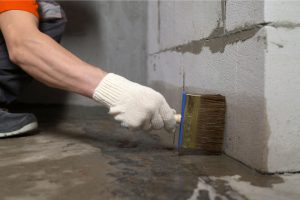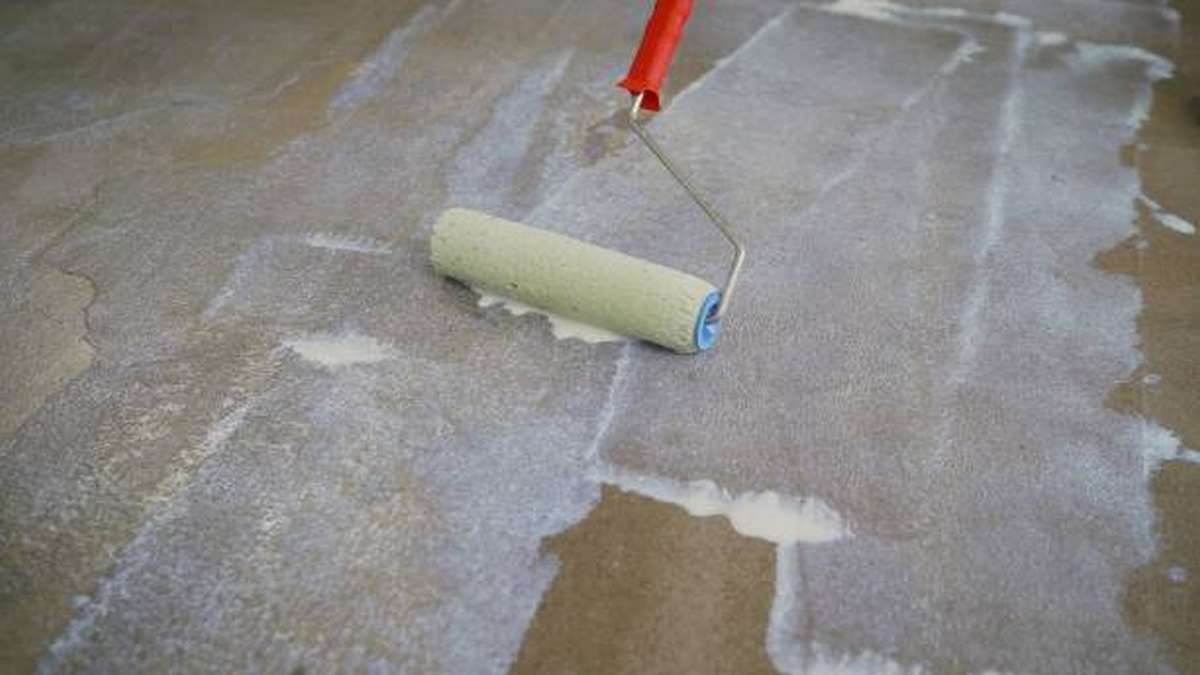Why is my Waterproofing Not Sticking to Concrete?
Waterproofing is a critical step in maintaining the structural integrity and longevity of concrete structures, such as basements, foundations, and walls. When waterproofing fails to adhere to the concrete surface properly, it can lead to costly and frustrating issues. Understanding the reasons behind this problem is essential for finding effective solutions. In this article, we will explore the various factors that can cause waterproofing to not stick to concrete and provide insights into how to address these issues. Why is my waterproofing not sticking to concrete?
Understanding Waterproofing and Its Importance
Before delving into the reasons behind waterproofing failures, it’s important to understand the significance of waterproofing in construction and maintenance.
Waterproofing serves as a protective barrier that prevents water and moisture from infiltrating concrete structures. When water penetrates concrete, it can lead to a range of problems, including:
Structural Damage: Excessive moisture can weaken the concrete, leading to cracks and degradation over time.
Mold and Mildew Growth: Moisture promotes the growth of mold and mildew, which can be harmful to both the structure and the health of those occupying the space.
Foundation Instability: Water infiltration can compromise the stability of foundations, leading to costly repairs.
Interior Damage: Water leaks can damage interior finishes, such as drywall, flooring, and insulation.

Given these potential issues, it’s clear that proper waterproofing is crucial for the durability and safety of concrete structures. However, if waterproofing fails to adhere to the concrete surface, it can render the entire process ineffective.
Common Reasons for Waterproofing Failure
Several factors can contribute to the failure of waterproofing materials to adhere to concrete. Let’s explore some of the most common causes:
Surface Contamination
One of the primary reasons for waterproofing failure is surface contamination. Concrete surfaces can accumulate various contaminants over time, including dirt, dust, grease, and oil. These substances create a barrier between the waterproofing material and the concrete, preventing proper adhesion.
Solution: Surface Preparation
To address surface contamination, it’s essential to thoroughly clean the concrete surface before applying waterproofing materials. This typically involves pressure washing, scrubbing, or using specialized cleaners to remove contaminants. Additionally, any existing cracks or defects in the concrete should be repaired to ensure a smooth and even surface.
Moisture Content
Concrete is porous, and its moisture content can vary depending on environmental conditions. Excess moisture in the concrete can interfere with the adhesion of waterproofing materials. If the concrete is not adequately dried or primed, it can lead to bonding issues.
Solution: Moisture Mitigation
To mitigate moisture-related problems, it’s crucial to assess the moisture content of the concrete surface. This can be done through moisture testing, which helps determine if the surface is suitable for waterproofing. In cases of excessive moisture, appropriate measures, such as using moisture barriers or allowing for proper drying time, should be taken to ensure successful adhesion.
Incompatible Materials
Choosing the right waterproofing material for your specific concrete surface is essential. Incompatibility between the concrete and the waterproofing product can result in poor adhesion. Different concrete surfaces may require different types of waterproofing products, such as liquid-applied membranes, sheet membranes, or coatings.
Solution: Material Compatibility
Before applying any waterproofing material, it’s crucial to ensure that the selected product is compatible with the concrete surface. Consult with a waterproofing professional or manufacturer recommendations to make an informed choice. Using the right material can significantly improve adhesion and effectiveness.

Improper Application Techniques
The application of waterproofing materials requires skill and precision. Errors in the application process can lead to adhesion problems. Common mistakes include applying the material too thick or too thin, not following the manufacturer’s instructions, or neglecting the required curing time.
Solution: Proper Application Methods
To avoid adhesion issues related to application, it’s essential to follow the manufacturer’s guidelines meticulously. This includes applying the material at the recommended thickness, using the correct tools, and allowing sufficient time for curing. If you are not experienced in waterproofing application, it’s advisable to seek the expertise of a professional.
Environmental Factors
Environmental conditions during and after the application of waterproofing materials can impact their ability to adhere. Temperature extremes, humidity, and exposure to UV radiation can all affect the bonding of waterproofing products.
Solution: Climate Control
To address environmental factors, it’s important to plan the waterproofing project carefully. Consider the weather conditions during application and ensure that environmental conditions are within the recommended ranges for the specific product being used. In some cases, additional protective measures, such as UV-resistant coatings, may be necessary.
Age and Condition of Concrete
The age and condition of the concrete surface can also play a role in adhesion issues. Older concrete surfaces with significant wear and tear may have a less porous or deteriorated surface, making it challenging for waterproofing materials to bond effectively.
Solution: Concrete Repair and Preparation
In cases where the concrete is old or in poor condition, it’s essential to address these issues before applying waterproofing. Repair any cracks, spalling, or damage to ensure a smooth and stable surface. Additionally, consider using concrete primers or bonding agents to enhance adhesion.
Conclusion
Proper waterproofing is vital for preserving the integrity of concrete structures and preventing costly damage. When waterproofing materials fail to adhere to concrete, it can lead to various problems. By understanding the common causes of adhesion issues and implementing the appropriate solutions, you can ensure that your waterproofing project is successful and provides long-lasting protection. Surface preparation, moisture control, material compatibility, proper application techniques, consideration of environmental factors, and addressing the condition of the concrete surface are all crucial elements in achieving effective waterproofing. Whether you are a homeowner or a construction professional, taking these factors into account will help you ensure the durability and reliability of your waterproofing efforts. For All Sydney Waterproofing methods see here.

